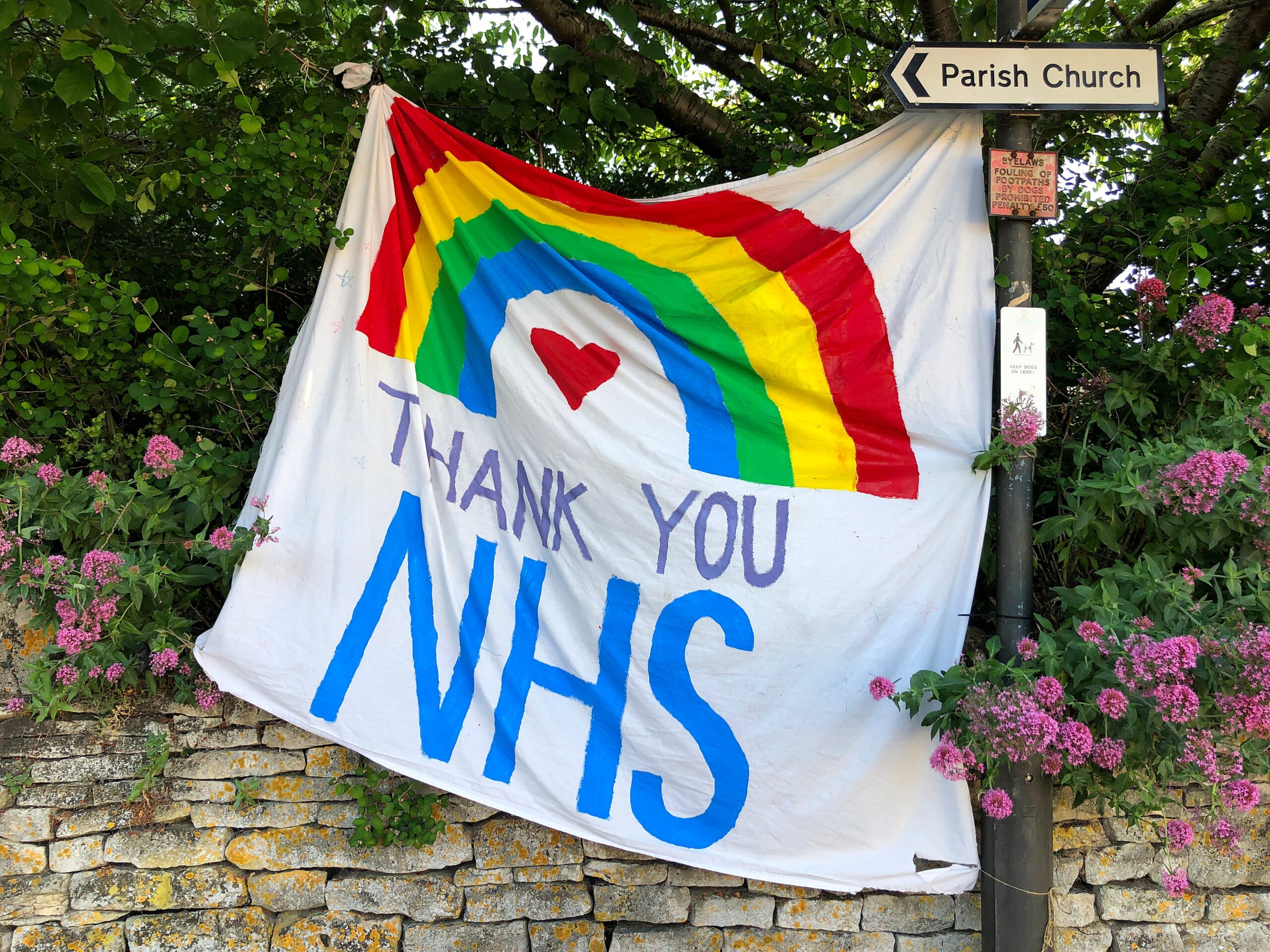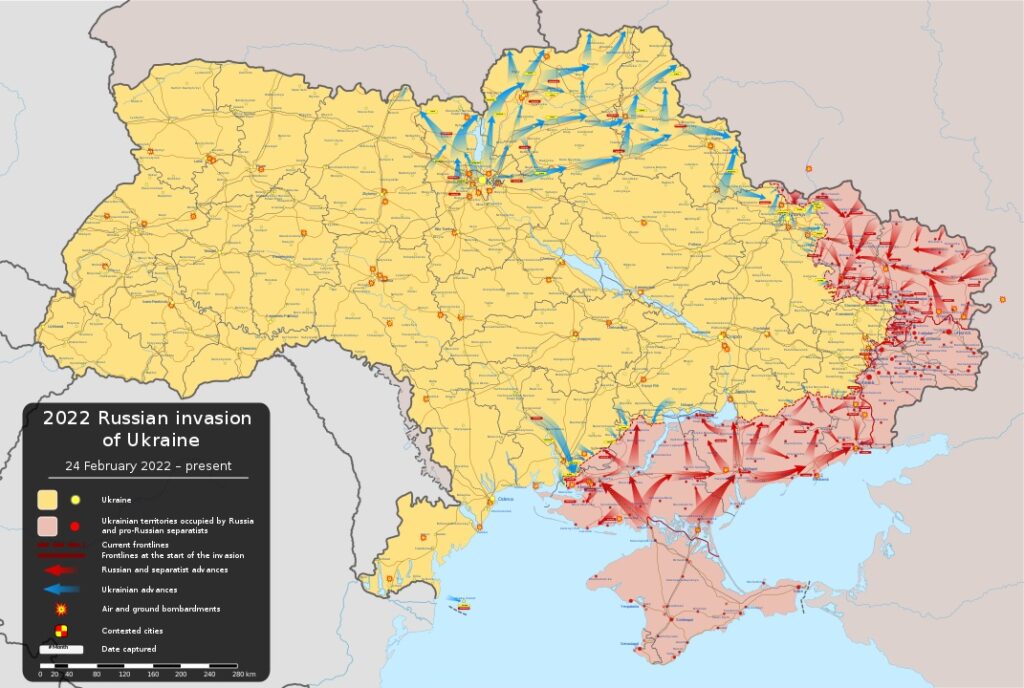Hardly for the first time in my life, I have got something wrong. In my recent post on the Conservative leadership contest I suggested that Rishi Sunak would prevail over Liz Truss. This was based on the thought that Conservative members were more sensible than they are usually portrayed to be, and that they would react against the apparent recklessness of Ms Truss – t and favour Mr Sunak’s better presentation skills. I have badly underestimated Ms Truss, as I now think she is unstoppable, but I’m hardly the first person to do so.
Monday night’s TV debate showed why. Mr Sunak badly needed to portray Ms Truss’s economic plans as reckless (an opinion which I share), and especially that they could send inflation and interest rates up. He got his point across pretty successfully. In the process we found him talking over his opponent repeatedly with the confident male assurance that far too many of us have seen senior men do with female colleagues. Would he have done that with a male opponent? You bet he would – he was desperate to convey his message. So it probably wasn’t sexism – it was the opposite, not making concessions to Ms Truss’s sex. But it was a very bad look, and looks matter. Ms Truss held her line firmly; the waves broke over a rock. She had ripostes prepared, and she used them. Mr Sunak’s plans were contractionary (er… that goes with taming inflation); it was all Project Fear (a clever reference to the Remain campaign’s warnings of the economic consequences of Brexit – which have largely been proved right, but which Mr Sunak could not point out); it was all Treasury conservatism and “bean-counting” (true enough – but not actually relevant in this context). She surely did enough to cast doubt in Conservative members’ minds about Mr Sunak’s plans. Meanwhile Mr Sunak’s behaviour neutralised his actually rather impressive confidence and command.
This is a race between the tortoise and the hare, that we have so often seen played out in politics. The patient plotter quietly and relentlessly pursuing their ambitions, while their flashier opponents fall apart one by one. John Major; Gordon Brown; Theresa May – (you can go back further – Jim Callaghan; Ted Heath; Clement Attlee). Like all of these, Ms Truss has endured massive amounts of sneering criticism on her journey upwards. Apart from Attlee, though, none of them were particularly successful once they achieved the summit of their ambitions.
I have in fact met Ms Truss. It was before she was an MP, when she was attending a Lib Dem conference in the later 2000s on behalf of Reform, a think thank devoted to new ideas for public services. We exchanged pleasantries, but I don’t remember much beyond that. Reform’s ideas were (and still are) definitely centre-right – and more to the right in those days of New Labour. They favoured the conversion of state schools to academies, for example – something of a red herring in policy terms. As I remember they had better ideas elsewhere – they had a god line of constructive criticism. This part of Ms Truss’s career tells us two things. First is that she is fluent in the world of think tanks and policy debate. She is repeatedly portrayed as being a bit dim: this is far from true – but it is harder to shake the accusation of shallowness. The second thing this tells is us is that she is a professional politician, and knows no other trade. She was in her late 20s at this stage – was elected to parliament in 2010 and quickly became a junior minister (in 2012), reaching the cabinet in 2014. To be fair, she did train as a management accountant (i.e. a qualified bean-counter, like me, though working in business rather than in the profession) – but she did not take up any serious professional or management role. Her whole life seems to have been political – with politically active parents, and active with the Liberal Democrats at university, before taking up with the Conservatives. She paints this as a political journey, rather than opportunism – and I’m happy to take her word on this. I’m told she was never a left-wing Lib Dem, and the Conservative Party is in the long run a happier place for economic liberals – though deeply out of fashion in the 1990s. But a political career was clearly always on her mind.
Where does this leave us? We have no reason to doubt her conviction to a particular political philosophy (unlike Boris Johnson, for example) – that of being an economic liberal. But her attachment to particular policies never seems to be very strong. She knows all about how to win power, but her ideas about how to exercise it have less “bottom”. This isn’t all bad – disaster can happen when a particular politician has an idée fixe, which they pursue obsessively regardless of evidence. A particular disaster was Andrew Lansley, the first Health Secretary in the coalition government of 2010, who implemented an over-engineered reform of the NHS when it was already suffering reform fatigue. Ms Truss might have the flexibility to change course when things go wrong. The danger is that her yardstick of success is less about actual achievement than the political mood. She is not a conviction politician like Margaret Thatcher. If she was, she would have been completely thrown by Brexit, which she energetically opposed, and now supports with equal energy.
Getting the top job, if she succeeds, is going to be a big shock for her. You can’t get away with sleight of hand. If the economy goes seriously wrong, for example, she can’t simple vanish and blame somebody else. She may be comfortable with rapid changes of course, but she would then find it harder to persuade people to trust her. She is a poor public speaker, verging on disastrous. This was one reason that many people, including me, never took her chances of rising to the top seriously. She simply did not look the part.
As my readers will know, I think her ideas for tax cuts will be disastrous. They will hinder the fight against inflation, which will lead to increasing interest rates. They are a gamble that you can fight inflation without damaging economic growth. Given the obstacles the country is experiencing international trade and labour markets, not least by Brexit, this looks unrealistic. She may well be forced into austerity policies, including public service cuts just as an election looms.
So if I was a Conservative member I would choose Mr Sunak. But Ms Truss has been running this race for much longer than him. And it shows.



